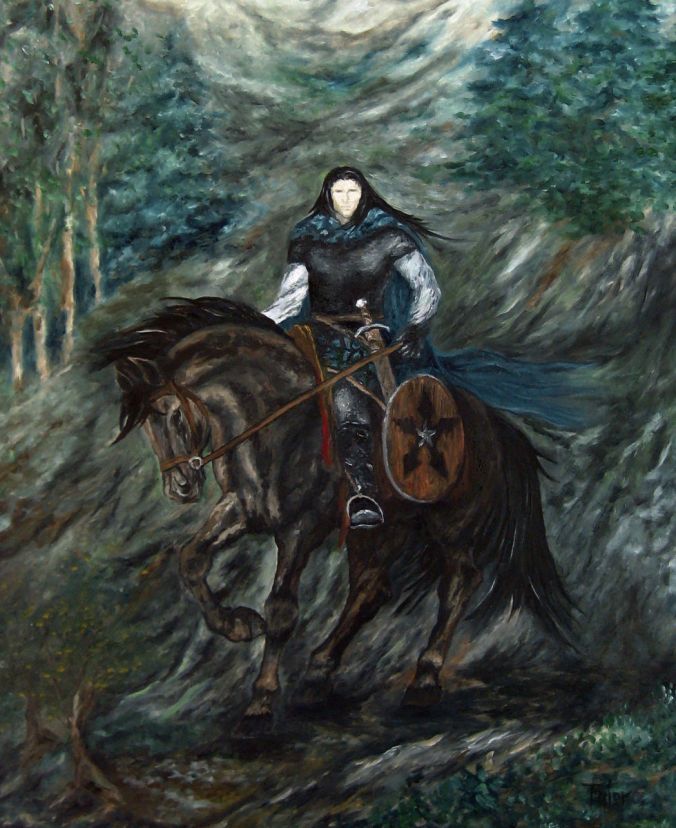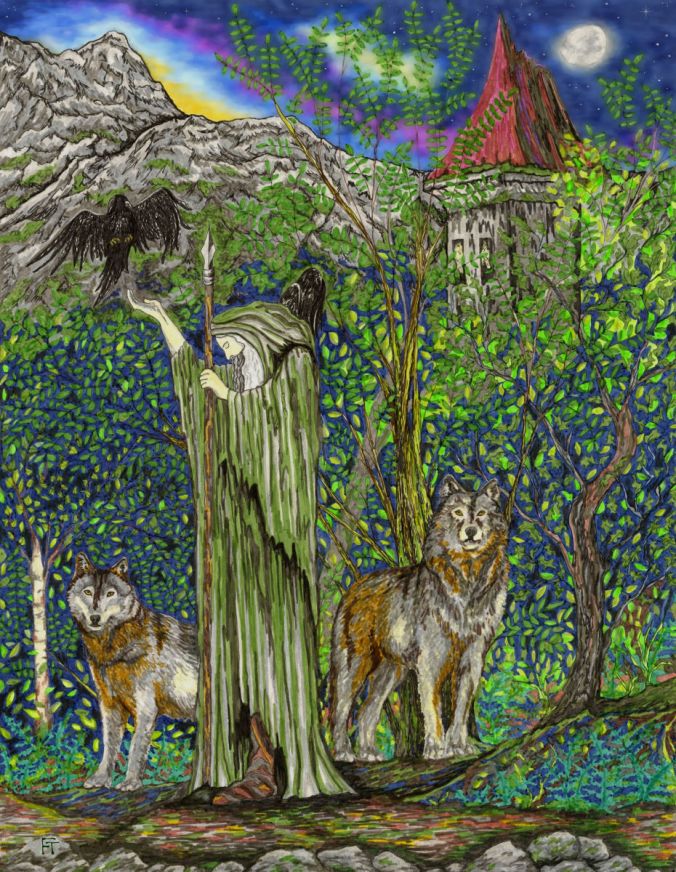
A immortal warlock bent on reprisal.
An ancient order of sorcerers hungry for power.
Warriors beset by armies of demons.
And a lonely hedge witch whose dark secrets could change everything.
…If only they could find her.
The word is in from Readers’ Favorite for The Wolf Lords, Book Two in the The Fylking! I am grateful and humbled to have received five five-star reviews. Didn’t see that coming. Here’s some bling, with a link at the bottom where you can read the reviews in full.
![]()
“This second novel in The Fylking series exceeded all of my expectations for a fantasy novel. An alluring plot weaves intrigue that tempts you into the world of invisible warriors, magical spells and demons. The characters are so vivid and enchanting, they practically leap from the page. I especially loved the tortured, heartbroken character of Othin, who tries to overcome losing his true love. The author’s writing style is beautifully descriptive with so much detail that it draws you completely into the world of the characters. Her ability to build tension and develop character relationships is extraordinary. I could not help compare the storyline to Nordic folklore. This is a gem of a novel.” – Lesley Jones
“The Wolf Lords is definitely a novel for adults. Its dark themes and strains of graphic violence give it an edge. I was easily invested in the story right from the beginning. The vivid imagery and the realistic descriptions just lured me right in and had me reading on until the very end. The story itself is very complex and has layers upon layers of plot that I loved to uncover. The character development was simply amazing. The Fenrir Brotherhood was an enigma that I was very interested in and I also loved the mystery behind the witch who just didn’t want to be found. I loved the flow, enjoyed the setting, and simply cannot wait for the next novel in the series. Very entertaining.” – Rabia Tanveer
“This epic fantasy is a series that had the same effect The Lord of the Rings had on me. The narrative is focused and the author imagines worlds where conflict thrives easily and creates powerful factions with conflicting interests and characters that are sophisticated. The Wolf Lords explores the role played by The Fenrir Brotherhood, an ancient order of sorcerers with dreadful secrets, in a phenomenal conflict. The action is intense and pulsating and the scenes are so beautifully written that they leave vivid images in the minds of readers. F.T. McKinstry establishes a unique, strong signature in the genre of epic fantasy with a series that will set readers on an exciting adventure.” – Christian Sia
“Written for adults due to its dark nature and graphic violence, this is also a highly political and complex tale… The depth of the reading experience is very worthwhile as author F. T. McKinstry puts a lot into the worldbuilding, lore, and history of this setting, giving traditional fantasy fans a lot to sink their teeth into. Different factions have their own ideas about how the world, and the other worlds beyond it, should be run or destroyed, and it’s this mixture of powerful forces which gives the story its excitement. Overall, The Wolf Lords is a superbly told immersive fantasy novel sure to please hardcore fans the world over.” – K.C. Finn
“This is a story that explores the allure of power and the ills that come with it. Conflict is developed at multiple levels and it is interesting how the author builds segments of power and creates powerful groups to oppose each other. The language is unique and the people inhabiting the worlds the author creates have a unique way of naming things. While the characters are drawn from different worlds, the author imbues them with a realism that makes them not so very different from mortals. A sophisticated plot with compelling characters and gorgeous prose. The Wolf Lords follows the tale of an ancient order poised to redeem a world quickly falling apart. It is intense and deeply moving.” – Romuald Dzemo
Check out the full reviews on the Readers’ Favorite Review Page.
![]()
 The Destroyer of the Math Gate has not been idle in the sun’s turn since he nearly defeated the Fylking, his ancient enemies. Wounded, bitter and bent on reprisal, the immortal warlock has gathered an army. He has acquired a spell that will damage the veil between the worlds. And he is waiting.
The Destroyer of the Math Gate has not been idle in the sun’s turn since he nearly defeated the Fylking, his ancient enemies. Wounded, bitter and bent on reprisal, the immortal warlock has gathered an army. He has acquired a spell that will damage the veil between the worlds. And he is waiting.
The Fenrir Brotherhood is an ancient order of sorcerers who serve the Wolf Gods of the North. Haunted by a dark history, the brotherhood keeps to itself—or so it is generally believed. But the older something is, the more secrets it keeps, and the Wolf Lords have not only unleashed an army of demons across the land, but also let the Destroyer in.
When the Veil falls, war erupts and the realm is faced with legions of Otherworld beings, it is left to a sorcerer hunted by the Wolf Lords and a company of King’s Rangers broken by grief and trauma to find a hedge witch whose secrets could change everything.
Unfortunately, she is hiding between the worlds.
Read for free with Kindle Unlimited.
Amazon
![]()
 Outpost, Book One in The Fylking.
Outpost, Book One in The Fylking.
A race of immortal warriors who live by the sword.
A gate between the worlds.
Warriors, royals, seers and warlocks living in uneasy peace on one side of the Veil.
Until now.
“The tone is excellent, reminiscent of some of the earliest examples of grim Norse fantasy.” – G.R. Matthews, Fantasy Faction
Finalist, SPFBO 2016
Read for free with Kindle Unlimited.
© F.T. McKinstry 2019. All Rights Reserved.











 Don’t get me wrong, this aspect of my personality as gotten me into trouble aplenty. He’s rising to his feet now, yelling, “Yeah only with people who fucking deserved it.” Debatable; however, my inner warrior stepped up like a boss on the battlefield of my childhood, where I took on a legion of thousands-year-old collective beliefs designed to bully women into being safe and predictable. Girls aren’t supposed to kick holes in walls. Keep it under control, don’t threaten the Powers That Be or you’ll be sorry. No talking back. No swearing. No waving swords or apple tree wands. Throw your weight around and we’ll throw you out. Yada yada. At some point I pushed all that noise off the cliff into the sea.
Don’t get me wrong, this aspect of my personality as gotten me into trouble aplenty. He’s rising to his feet now, yelling, “Yeah only with people who fucking deserved it.” Debatable; however, my inner warrior stepped up like a boss on the battlefield of my childhood, where I took on a legion of thousands-year-old collective beliefs designed to bully women into being safe and predictable. Girls aren’t supposed to kick holes in walls. Keep it under control, don’t threaten the Powers That Be or you’ll be sorry. No talking back. No swearing. No waving swords or apple tree wands. Throw your weight around and we’ll throw you out. Yada yada. At some point I pushed all that noise off the cliff into the sea.



















You must be logged in to post a comment.